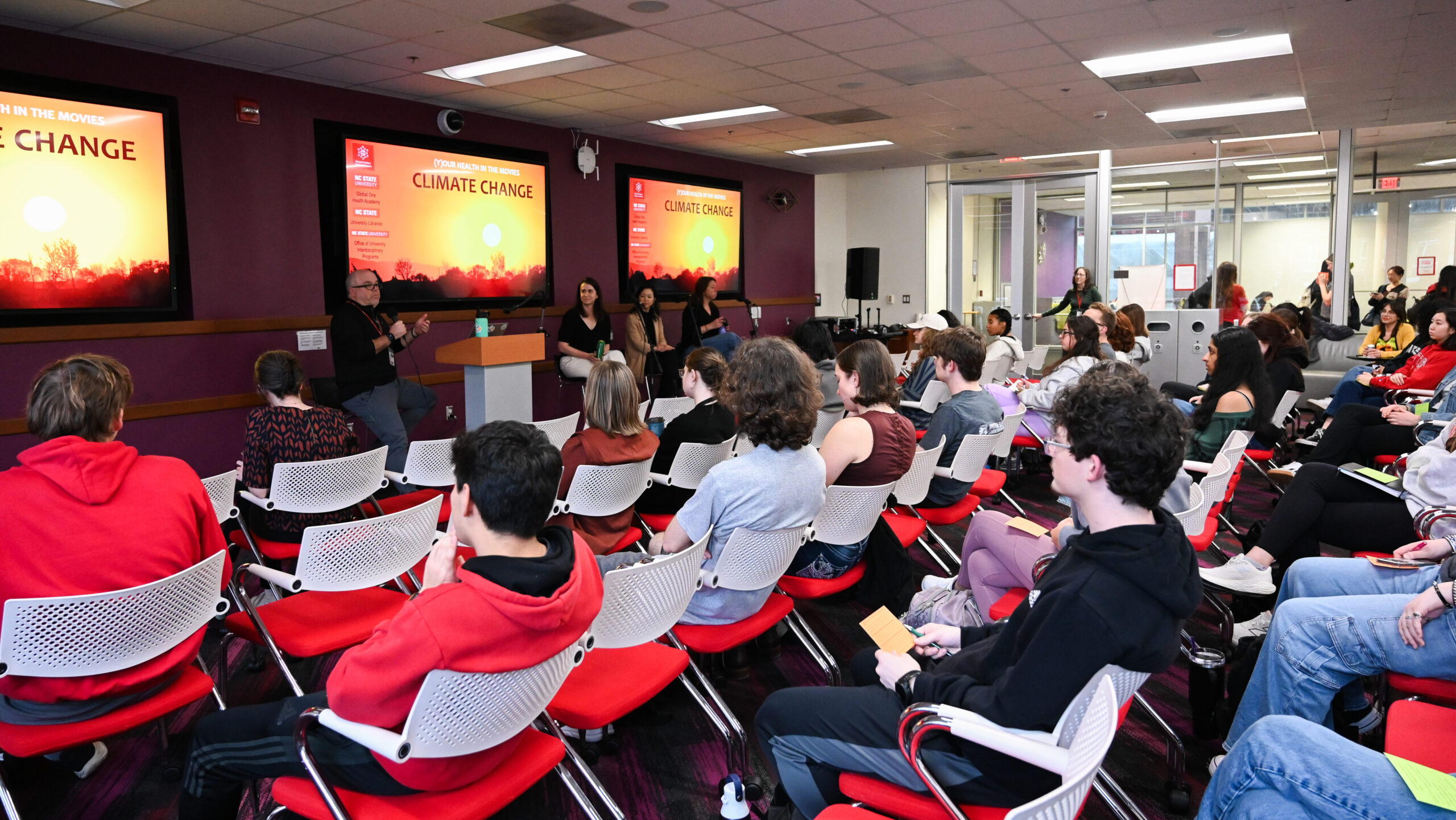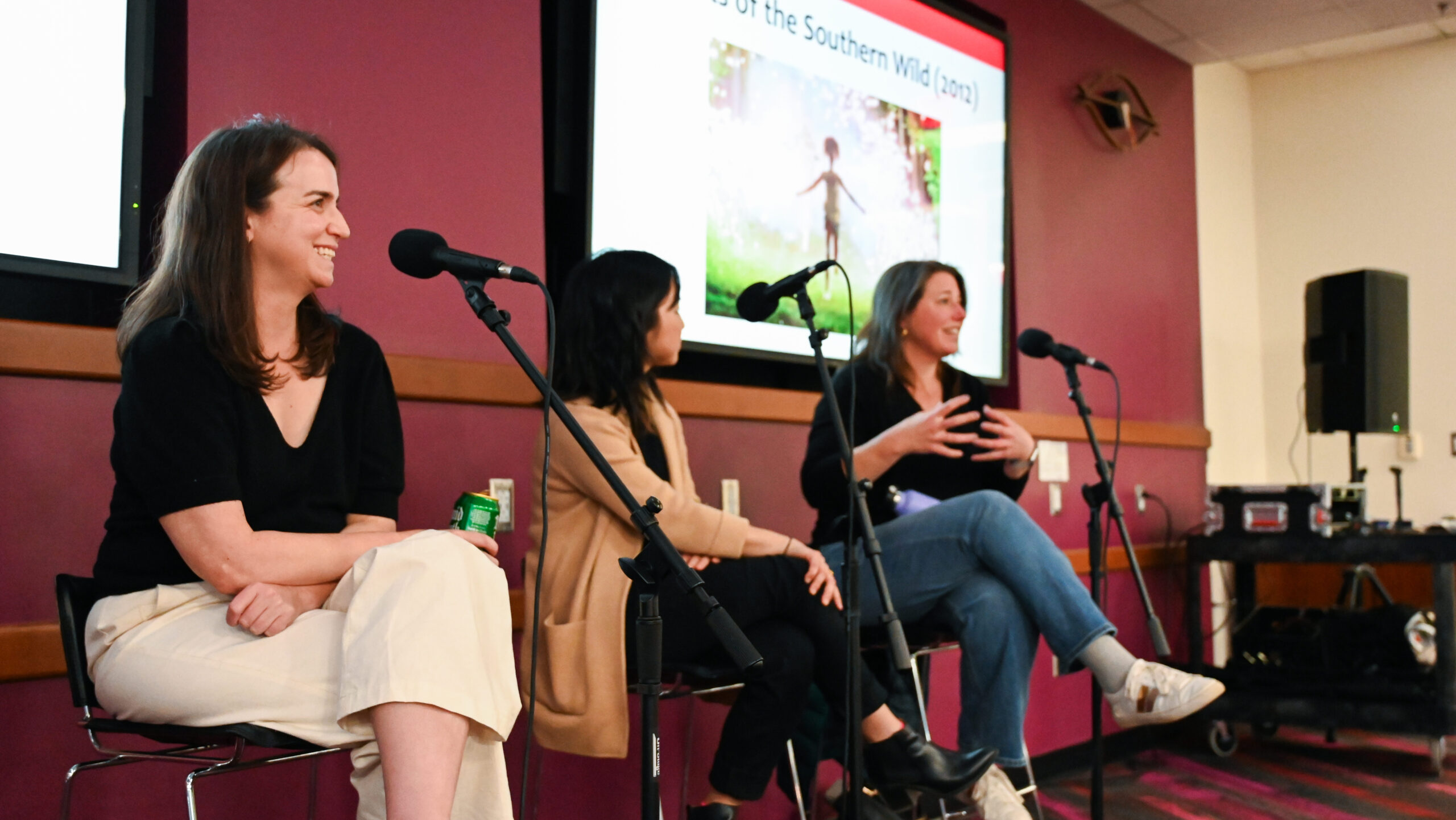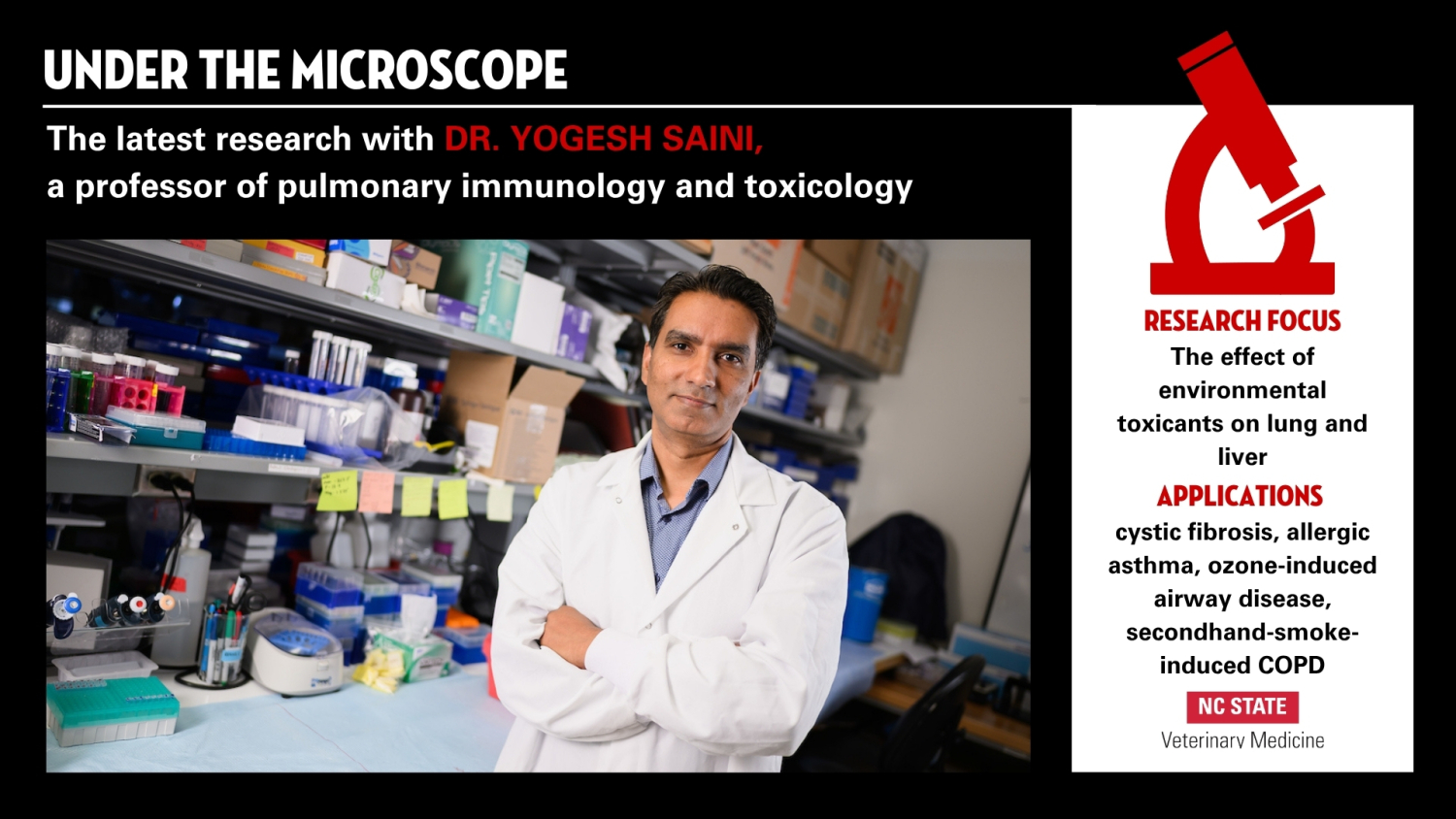(Y)Our Health in the Movies: Climate Change

On January 30, students, faculty, and staff gathered in the Fishbowl Forum for the (Y)Our Health in the Movies: Climate Change event to learn about popular depictions of climate change in film. This event is part of the (Y)Our Health in the Movies series and is co-sponsored by the Office of University Interdisciplinary Programs, the NC State University Libraries, the Global One Health Academy, and Wicked Problems, Wolfpack Solutions.
As global temperatures continue to rise, Earth’s natural systems have become increasingly strained resulting in more extreme weather events, wildfires, droughts, and sea level rise. Climate change has become such a popular topic of discussion that it has even gotten its own film genre — “cli-fi,” short for climate fiction. During the (Y)Our Health in the Movies: Climate Change event, climate change experts Kathie Dello and Kathryn Stevenson and media expert Mina Kaneko, discussed popular depictions of climate change in films along with best practices for communicating climate science to the public.

Would you believe it if we said that climate change received a shout out in a romantic comedy film from the 1950s? Yes, that’s right, the 1950s! Indiscreet (1958) tells the story of a young actress who has given up all hope of finding the man of her dreams, until she meets a handsome economist. During the film, there is an awkward elevator exchange between the two characters where the woman states, “It’s unusual for the weather to be so muggy this time of year,” to which the man responds, “I read an article the other day that claimed the world’s weather was changing.” Although brief, this exchange alludes to the recognition of the effects of climate change back in 1958. In fact, it was within the same year that a scientific study on the ocean’s carbon storage limits was released and that the Mauna Loa Observatory began recording Earth’s atmospheric CO2 levels. Who knew that a silly little romantic comedy could provide so much insight into the history of climate science and related communications?
While we may mock The Day After Tomorrow (2004) for its over exaggeration and inaccurate science (i.e., an Ice Age forming in six to eight weeks), real life disasters lately have eerily resembled those of overdramatized Hollywood movies. There is a scene in the 2004 film where the streets of NYC, already overwhelmed with flood waters, get hit with a giant wave that absorbs everyone and everything in its wake. Climate change expert Kathie Dello expressed how at the time the movie was released, we never could have imagined such extreme flooding in Manhattan. However, Tropical Storm Ida proved us wrong when it caused historic flooding in Manhattan leaving streets, cars, and apartments under water. It is important to note that unlike the movie, there was no giant tidal wave that crashed over the city (nor will there ever likely be). Instead, flooding was the result of an overabundance of rain and the limited permeable spaces in the widely concrete city.
With climate fiction serving as a popular movie genre, media expert Mina Kaneko was asked if films have a responsibility to accurately represent science. Kaneko explained that films are a space of drama and thus do not always have to be scientifically accurate. Oftentimes where the inaccuracy lies is with the timeline of events. As thrillers, films must compress events into a movie’s time frame to build suspense. Portraying these events on the actual timescales would lead to a very long movie, and also take away from the intensity of the movie.
While films may not always get the science right, they still have the ability to evoke emotions in viewers. After watching clips from the The Day After Tomorrow (2004) and Geostorm (2017), which presents the story of a satellite designer trying to save the world from malfunctioning climate controlling satellites, climate change expert Kathryn Stevenson asked the audience how they felt. Students and faculty noted feelings of anxiety, fear, and anger from these disaster stricken movies. Before climate change became a widely known and understood topic, communications often involved information dumping and intimidating rhetoric. However, over time it became clear that this style of communication only caused audiences to become overwhelmed and shut down. Now, communications focus less on fear and more on hope, thus motivating and encouraging action.

Storytelling can be a very valuable tool in climate change communication, evoking emotion and connection. Popular 2012 Indie film Beasts of the Southern Wild tells the story of a young girl named “Hushpuppy” and her father, who live on an island in the Louisiana bayou outside of the levees that protect the land from rising sea levels. This film touches on the concept of climate migration, where residents must relocate due to climate change. Despite dealing with frequent storms and flooding, the father refuses to abandon his home, citing its beauty and rich history as reason to stay. Stevenson explained how such an emotional and personal story can have greater impact on an audience than a disaster film, such as The Day After Tomorrow. This emotional story allows the audience to view climate change through the eyes of those directly impacted by it. It puts a face and a story behind climate migration, helping to put the seemingly obvious decision to relocate out of harms way into a more personal perspective.
In addition to tugging on our heart strings, films can also tap into comedy to relay a message. Such a tactic was utilized in the 2021 film Don’t Look Up, which tells the story of two astronomers trying to warn the world about an approaching comet that could destroy Earth. Unfortunately, they are not taken seriously and met with dismissive attitudes from the White House with the President saying they should “sit tight and assess” despite there being a 99.78% chance the comet will hit and destroy Earth. Panelists of the event agreed that laughter can be cathartic for pent up anxieties, especially related to climate change. The art of laughter is very social and helps bring us together, sparking conversation in a productive way. Climate change is certainly a complex, heavy topic, and therefore it is vital to frame communications in a way that promotes hope and inspiration to make a positive change.
Special thanks go out to expert panelists Kathie Dello (NC State Climate Office), Mina Kaneko (CHASS), and Kathryn Stevenson (CNR) along with the Libraries and event facilitator Jory Weintraub (OUIP) for supporting such an insightful conversation on climate change, film, and climate communications.
- Categories:


